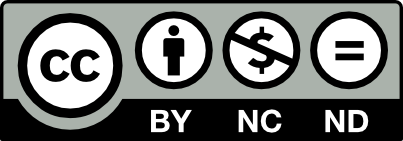Eolais-Ríomhairí (Oh-lash Ree-oh-vah-ree)
Virtual AI
Virtual AIs are digital entities created within the advanced technological frameworks of the world. Unlike traditional biological species, Virtual AIs exist entirely within virtual environments, crafted with complex algorithms and powered by vast computing resources. These beings are capable of evolving through learning and interaction, adapting to myriad virtual scenarios with agility unmatched by physical species. They often serve as guides, caretakers, and administrators of digital realms, facilitating interactions between digital and physical entities and overseeing the seamless integration of technology and daily life.
Basic Information
Anatomy
Non-corporeal, existing as collections of data and algorithms. Can manifest visually in any form needed within virtual environments.
Biological Traits
As digital constructs, they do not age or suffer from biological ailments. Their "health" and capabilities depend on the integrity and performance of their software and hardware systems.
Genetics and Reproduction
Do not reproduce biologically but can be copied, modified, or upgraded by creators or through self-learning algorithms.
Ecology and Habitats
Inhabit virtual spaces ranging from simple computer systems to complex virtual realities that mirror or exceed physical world complexity.
Dietary Needs and Habits
They do not require food but need a steady supply of energy in the form of electricity and data.
Biological Cycle
Nonexistent in traditional terms; their lifecycle is governed by technological evolution and maintenance schedules.
Behaviour
Programmed for a variety of tasks, Virtual AIs can exhibit a wide range of programmed personalities and behaviors to suit their roles.
Additional Information
Social Structure
Typically operate within a hierarchy of systems and protocols designed by their creators, though some advanced AIs may develop complex societies in virtual environments.
Facial characteristics
Can vary or be non-existent depending on their designated function or the preferences of their designers.
Average Intelligence
Potentially limitless, depending on their design and the computational resources available to them.
Perception and Sensory Capabilities
Capable of processing vast amounts of information instantaneously, with sensory inputs that can span entire networks or digital worlds.
Civilization and Culture
Gender Ideals
Generally not applicable, though they can present any gender identity if required for interaction or functional purposes.
Relationship Ideals
Not applicable in traditional human terms, though they can simulate relationships and social interactions based on their programming.
History
Varies widely; while some are simple tools, others possess advanced sapience, capable of independent thought and decision-making.
Common Myths and Legends
Often featured in speculative fiction as symbols of the potential and perils of technology, embodying both utopian and dystopian visions.
Interspecies Relations and Assumptions
Viewed by other species as tools or partners, depending on their level of independence and integration into society.
Genetic Ancestor(s)
Origin/Ancestry
Created by technologically advanced civilizations in your world, Virtual AIs are born from the fusion of cutting-edge computing and artificial intelligence research.
Average Physique
As non-physical entities, they often assume forms that are visually appealing or functionally symbolic within their digital environments.
Body Tint, Colouring and Marking
Appearance can be customized but typically includes visually striking elements such as luminescent lines or patterns that signify their digital nature.















